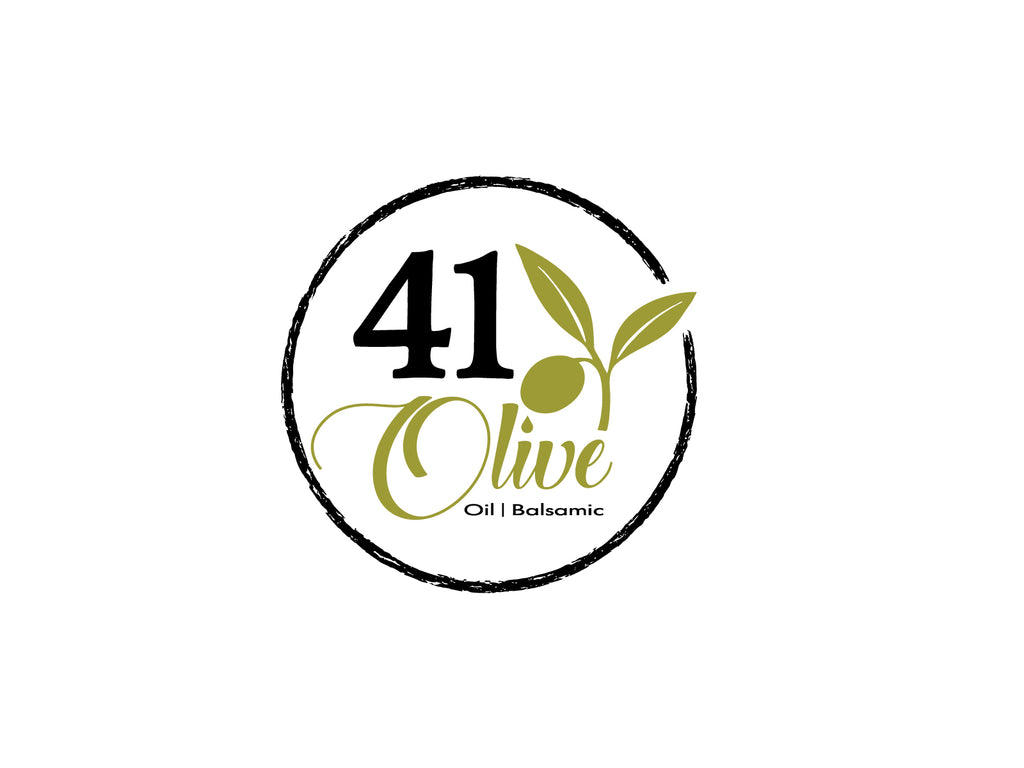How To Use Olive Oil When Cooking Slowly
When it comes to cooking, olive oil is a staple in many kitchens. Its health benefits and versatility make it an ideal ingredient for slow cooking dishes, such as stews, soups, and braises. Slow cooking is a great way to infuse flavors and create tender, delicious meals. In this blog, we will provide some tips on how to use olive oil when cooking slowly.
- Choose the Right Type of Olive Oil
Not all olive oils are created equal, and some are better suited for slow cooking than others. Extra virgin olive oil has a low smoke point, meaning that it can burn and produce smoke at high temperatures. This can affect the flavor of the food and release harmful compounds. Instead, choose a high-quality olive oil with a higher smoke point, such as pure or light olive oil. These oils have been refined and have a higher smoke point, making them better suited for slow cooking.
- Use Enough Olive Oil
When cooking slowly, it's important to use enough olive oil to coat the ingredients and prevent them from sticking to the pan. The amount of olive oil you use will depend on the recipe and the amount of food you are cooking. As a general rule, use about 1-2 tablespoons of olive oil per serving. This will provide enough oil to coat the ingredients and create a rich, flavorful dish.
- Heat the Olive Oil Slowly
When cooking slowly, it's important to heat the olive oil slowly to prevent it from burning or smoking. Start by heating the oil over medium-low heat and gradually increase the heat as needed. This will help to infuse the flavors into the food and prevent the oil from overheating.
- Add the Ingredients in Stages
Adding the ingredients in stages can help to ensure that they cook evenly and retain their flavor and texture. Start by cooking the aromatics, such as onions and garlic, in the olive oil until they are translucent and fragrant. Then, add the vegetables or protein and cook until they are browned and tender. Finally, add the liquid and any herbs or spices and let the dish simmer until it is fully cooked.
- Use a Heavy-Bottomed Pot or Dutch Oven
Using a heavy-bottomed pot or Dutch oven is essential for slow cooking. These pots distribute the heat evenly and retain heat well, which allows the food to cook slowly and evenly. Additionally, a heavy-bottomed pot or Dutch oven can prevent the food from burning and sticking to the pan.
- Keep the Lid On
When cooking slowly, it's important to keep the lid on to prevent the liquid from evaporating too quickly. This will help to keep the ingredients moist and tender, and prevent them from drying out. Additionally, keeping the lid on can help to infuse the flavors into the food and create a rich, flavorful dish.
In conclusion, using olive oil when cooking slowly is a great way to infuse flavors and create tender, delicious meals. By following these tips, you can ensure that your slow-cooked dishes are both healthy and flavorful.
Choose the right type of olive oil, use enough olive oil, heat the olive oil slowly, add the ingredients in stages, use a heavy-bottomed pot or Dutch oven, and keep the lid on. With these tips, you'll be able to create slow-cooked dishes that are both healthy and delicious.
